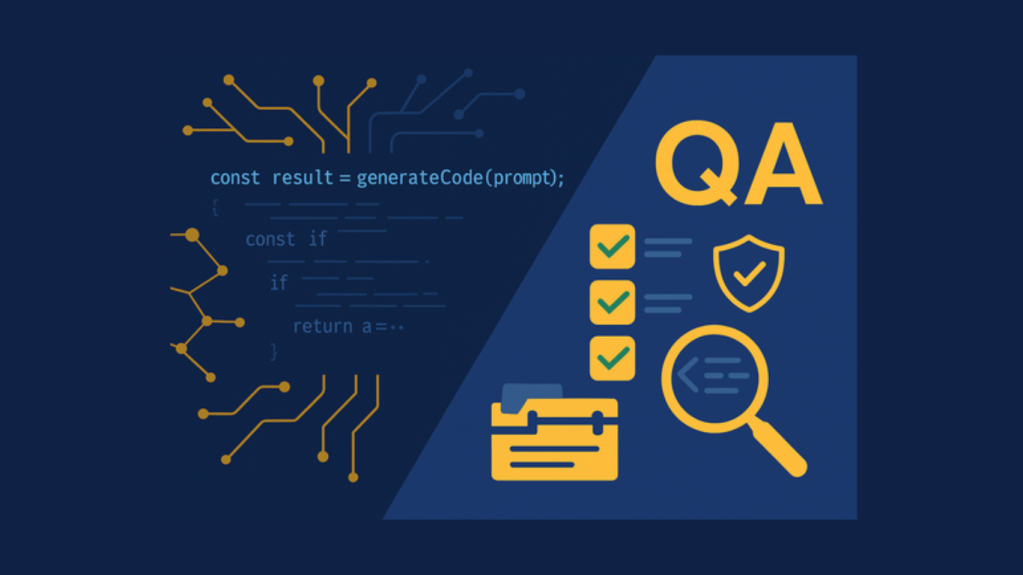What are legacy business applications?
Legacy applications have gained a lot of attention in modern enterprises. Many of the custom business applications companies use are old, outdated, monolithic solutions that were built quickly with the knowledge that the business was incurring technical debt.
These applications continued to grow, frequently having features added with quick-fix solutions and little consideration for long term maintenance and architecture. Updates and fixes today are time-consuming and can require specialized or tribal knowledge of how the application works.
Even in the rare instances when an application was well designed and implemented from the start, modern design patterns have vastly improved performance, maintenance, portability, and reliability. They require time and care from valuable IT resources who could be working on projects that move the company forward. They can’t be easily broken up, or quickly refactored to be moved to a cloud environment. It isn’t just the cost of upkeep – the infrastructure required for legacy applications is more expensive and far less flexible than modern alternatives. Therefore, choosing not to modernize these legacy applications can be the more costly option in many ways.
These behemoths can hinder your business, keeping your company from being able to respond to the market in a timely fashion or take advantage of opportunities as they arise. Because they are difficult to update, they can slow down processes, like billing, invoicing, and order fulfillment, causing a poor customer experience and hindering cashflow.
The list of reasons to modernize legacy applications is long. It’s the reason so many companies are including projects to do so as part of their digital transformation plans. But this is where the rubber meets the road – once you’ve determined the need to update a legacy app, what are your options to actually make it happen?
Why are legacy applications hard to maintain?
Operating system dependence
Many legacy applications were developed using OS resources and therefore depend on the OS they run on. Modern applications can be accessed on any platform as long as that platform has a web browser.
Client-server architecture
Legacy applications usually have a proprietary database associated with them or they use data storage methods that can not be deployed to the cloud. Scalability can also be a major concern with this kind of architecture. Modern applications typically follow a microservice architecture that seperates them into logical components making them more easily maintainable, scalabile and portable.
Local configuration and installation
Legacy applications needs to be deployed on the OS by some kind of installer. Further configuration may require a visit from IT support staff when things are not working as expected. This means each user runs their own environment and each environment has it’s own set of troubleshooting challenges when something is not working.
App updates
Most legacy applications can not be automatically updated. Today’s modern applications run in the cloud and they can be easily updated without deploying them locally on each individual user’s system.
API driven design
Legacy applications are typically large monolithic structures with many interdependant features. Modern applications are developed with API’s which decouples the various components. This also allows other applications such as mobile apps and other business systems to integrate easily and share data.
Modern Frameworks
Modern application frameworks are now very robust and feature rich for developers. They take less resources to build with and have huge community support. In addition, modern frameworks follow clear design patterns which means developers can all be on the same page about how something should be built and maintained.
Would you like an audit of your legacy software?
Options for Legacy Application Modernization
There are several strategies that should be considered when converting a large, legacy application into a modern, agile, streamlined solution. Your application may require the use of several of these strategies, and not all of them will apply to your application.
Refactor
Refactoring your application means taking the existing code base and optimizing it without changing its features or how it works. By restructuring the application on the current codebase you can make it more maintainable and apply any architectural standards you may have developed since the legacy application’s development. Refactoring can also allow you to remove any technical debt associated with it.
Break it Apart
Breaking apart your monolithic legacy application will make it easier to maintain and allow other applications to have greater access to its functions – it will be easier to integrate with other business applications. By encapsulating the functionality of the solution and making the functional pieces available as APIs, you’ll expand the usefulness of the application while minimizing the exposed code that will change for other solutions that interface with it.
Cut Infrastructure Ties
In some cases, it’s possible to simply move a legacy application to a new infrastructure, like to the cloud, if the same runtime platform is available on a virtual host. However, this doesn’t allow you to take full advantage of the features and cost savings that cloud hosting may be able to offer. Changing the application, even minimally, to work in the new environment can save time and money in the long run.
Use Modern Development Methodologies and Practices
While you’re upgrading, refactoring, or reworking the application, make it easier on your team by adapting it to modern development methodologies and practices, like DevOps. You’ll be able to update the application more quickly and with fewer errors using continuous integration and deployment.
Rebuild the Application
If the application is too large, to complex, or the code is too tightly coupled, a complete rebuild may be required. If that’s the case, before starting the project, examine the application closely to determine what functionality is actually needed and what was added but never used or fell into disuse. There is no sense in taking the time to rebuild functionality that no one uses.
Replace it
It’s logical to assume that, when the application was initially built, there wasn’t a commercial solution that solved the business’s specific problem. The landscape may be different now, however. It’s worth investigating current solutions to see if there is an application that meet your needs. Even adopting several applications that, together, replace your monolithic solution may serve you better than spending the time to rebuild or refactor the existing code.
Getting a Modernization Project Done
Companies have a few options open to them to get a modernization project off the ground and completed.
Use an existing maintenance team.
If you have a team that is already spending significant time maintaining and managing the application, it might be worth it to have them change course and begin working on whatever strategy you’ve chosen to modernize your application.
Assign a team to the project.
Your IT may have teams working on digital transformation projects. If so, modernizing your legacy application should be considered as part of the roadmap for your transformation. Breaking off a development team entrenched in updating the organization’s infrastructure and applications as part of the overall initiative ensures your legacy app is brought up to your current architecture and standards.
Hire a consulting firm.
For many firms, there is no wiggle room on resources in the face of existing projects and initiatives. That doesn’t mean you should abandon modernizing the application. Engaging a qualified consulting firm to develop or port the application will let your resources continue to concentrate on their existing projects. If you don’t have a team capable of doing the updates, a consulting firm is a must. Because they are dedicated to this project, the new application can be available more quickly and may even cost less than committing internal resources.









